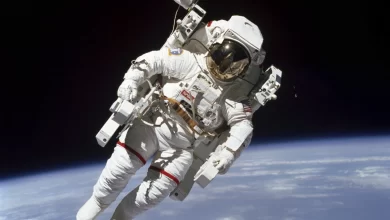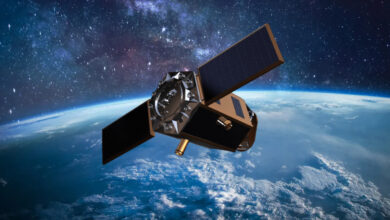India becomes the first country to land on the south pole of the Moon

As the space race heats up, India has achieved a historic feat. With the Chandrayaan-3 mission, India recently became the first country to land on the Moon’s unexplored south pole.

India succeeded in landing the Chandrayaan-3 spacecraft on the Moon. India also made history as the first country to land this vehicle on the unexplored south pole of the Moon. This success made India the fourth country to land on the Moon after Russia, the USA and China.
Unforgettable historical achievement
The Chandrayaan-3 spacecraft, which cost about $75 million, was launched last month and landed on the Moon’s surface at around 3:34 p.m. today, August 23. The south pole of the Moon, where Chandrayaan-3 landed, is of critical and strategic importance. The south polar region is considered an important area of scientific and strategic interest for spacefaring nations, as scientists believe the region is home to deposits of water ice. Water ice, frozen in sunless craters for millions of years, can be turned into rocket fuel and even drinking water for future crewed missions.

Indian Prime Minister Narendra Modi watched the landing virtually and made important statements on air: “On this important occasion… I would like to appeal to all people of the world. This achievement belongs to all humanity and will help other countries’ Moon missions in the future.”
India’s attempt to land its spacecraft near the Moon’s south pole came just days after another country’s failed attempt in the same direction. Russia’s Luna 25 spacecraft crashed on the Moon’s surface on August 19 due to an ignition problem in its engines, thus ending the country’s first attempt to land on the Moon in 47 years.
The journey of Chandrayaan-3
India’s lunar lander consists of three parts: a lander, a rover, and the propulsion module, which has so far provided the spacecraft with all the propulsion needed to traverse the 384,400-kilometer gap between the Moon and Earth.
After launching from the thruster module, the lander, called Vikram, performed the precise maneuvers needed to make a soft landing on the lunar surface. Inside this vehicle is Pragyan, a small, six-wheeled rover that will roll down a ramp and leave the landing craft. The meaning of the names of these vehicles is great. The names of Vikram Sarabhai, founder of the Indian Space Research Organization (ISRO) and Pragyaan, which means wisdom in Sanskrit, were given to the vehicles.
Weighing approximately 1,700 kilograms, the lander and the 26 kilogram rover are loaded with scientific instruments designed to capture data and provide new insights into its composition to help researchers analyze the Moon’s surface. The lander and rover are equipped with a set of instruments to measure components of the lunar surface, as well as a seismometer that will attempt to detect earthquakes in the Moon’s interior.
The lander and rover are expected to operate on the Moon’s surface for about two weeks. The thruster module will remain in orbit and act as a transfer point for data transmission to Earth.






